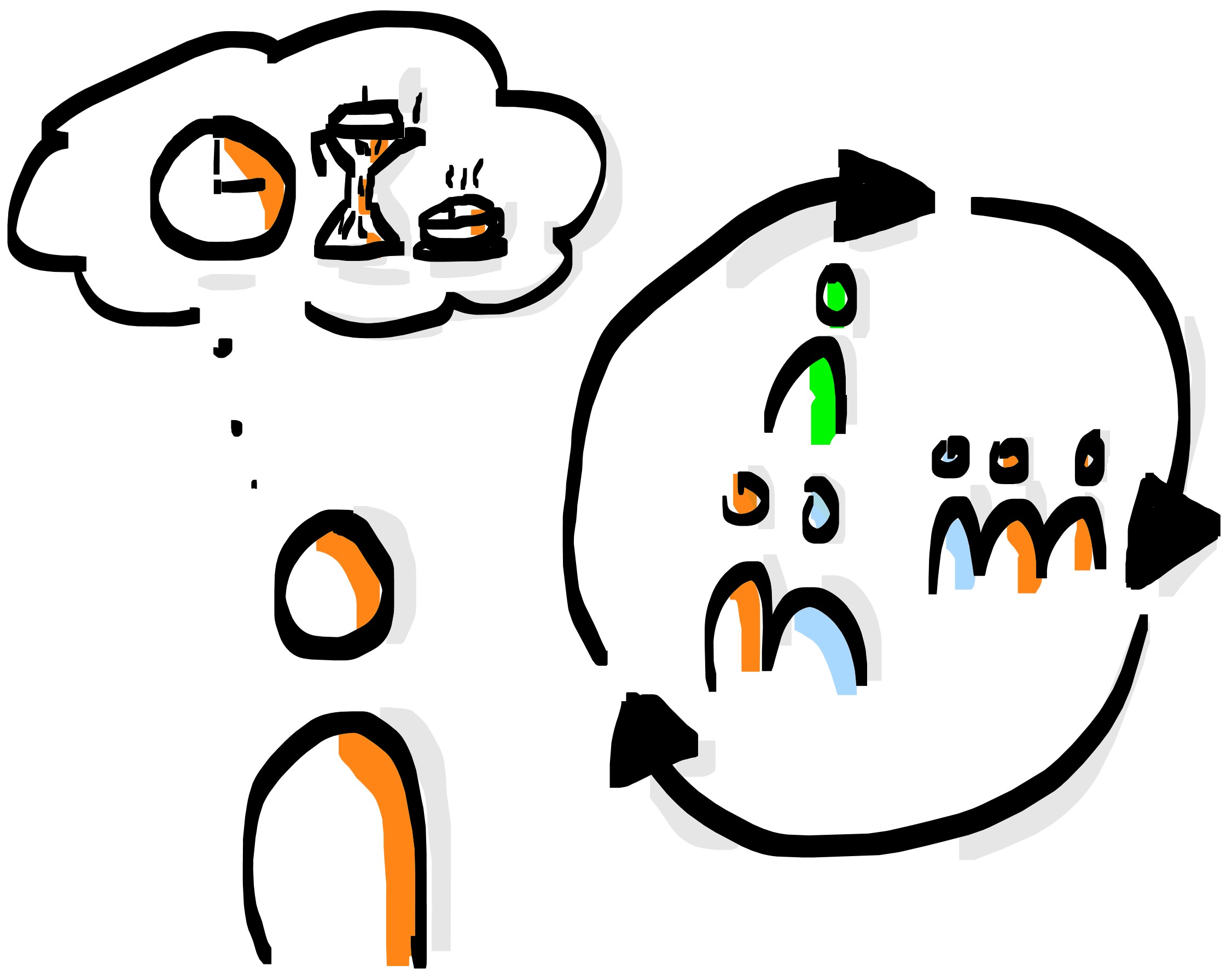When you start working with teams and discussing how to improve collaboration, you quickly face the question of how to establish the improvements in everyday life. How does it work?

In teamwork, there’s one inevitable thing
And that is that sometimes things don’t go as smoothly as we would like them to go. Then the message is, “We have to improve!” Specifically, this means that the existing routines, approaches and methods in the joint work must be constantly changed so that they run differently for a while.
So it’s about permanent changes in the team. How can we succeed?
The one and only answer is: By changing the team habits.
We know how this can work in general, in principle, and also specifically in individual cases, at the latest after reading (good) books about habits (see, for example, here).
 But if you want to know quickly how to do this with groups of people, i.e. teams and even whole companies, check out the clear (and free) Scrum Guide.
But if you want to know quickly how to do this with groups of people, i.e. teams and even whole companies, check out the clear (and free) Scrum Guide.
It contains all the essential psychological and structural, thus even organizational knowledge about what it takes for successful, results-oriented (collaboration) work, especially team work.
This precisely is the great contribution
of the authors Ken Schwaber and Jeff Sutherland:
Summarizing the insights from motivational psychology with the structural insights and experiences from software development and lean management in a clear and concrete working framework in such a way that it is easy to follow and, above all, equally easy to apply.
And that can be achieved even without knowing or understanding the reasoning behind all the Agile fuzz – though it is very helpful if you know why Scrum proceeds as it does, of course.
 In a nutshell
In a nutshell
Scrum does nothing else but what we’ve learnt from the science of habits and lean management:
- Consider the goal and in what direction you might wanna go.
- Set a firm rhythm.
- Take planned and feasible steps towards the goal in this very rhythm.
- Small steps are better than none.
- Review your results on a very regular basis.
- If necessary, apply changes and adjust.
- Do this over and over again.
 In other words
In other words
Organize your collaboration with good habits.
Which also means, by the way, that you never stop doing so. Then you are on the best possible track.
That simple? That simple. 🙂
 In a nutshell
In a nutshell In other words
In other words